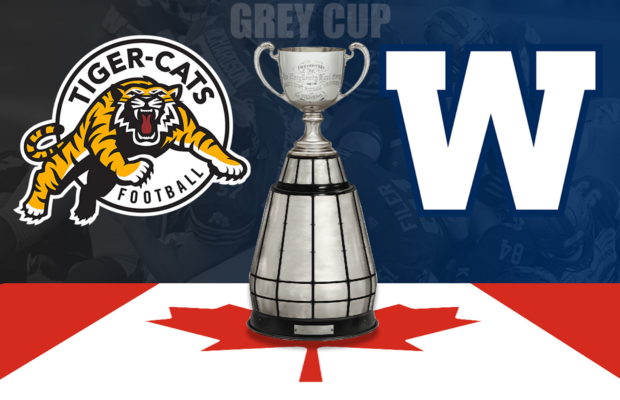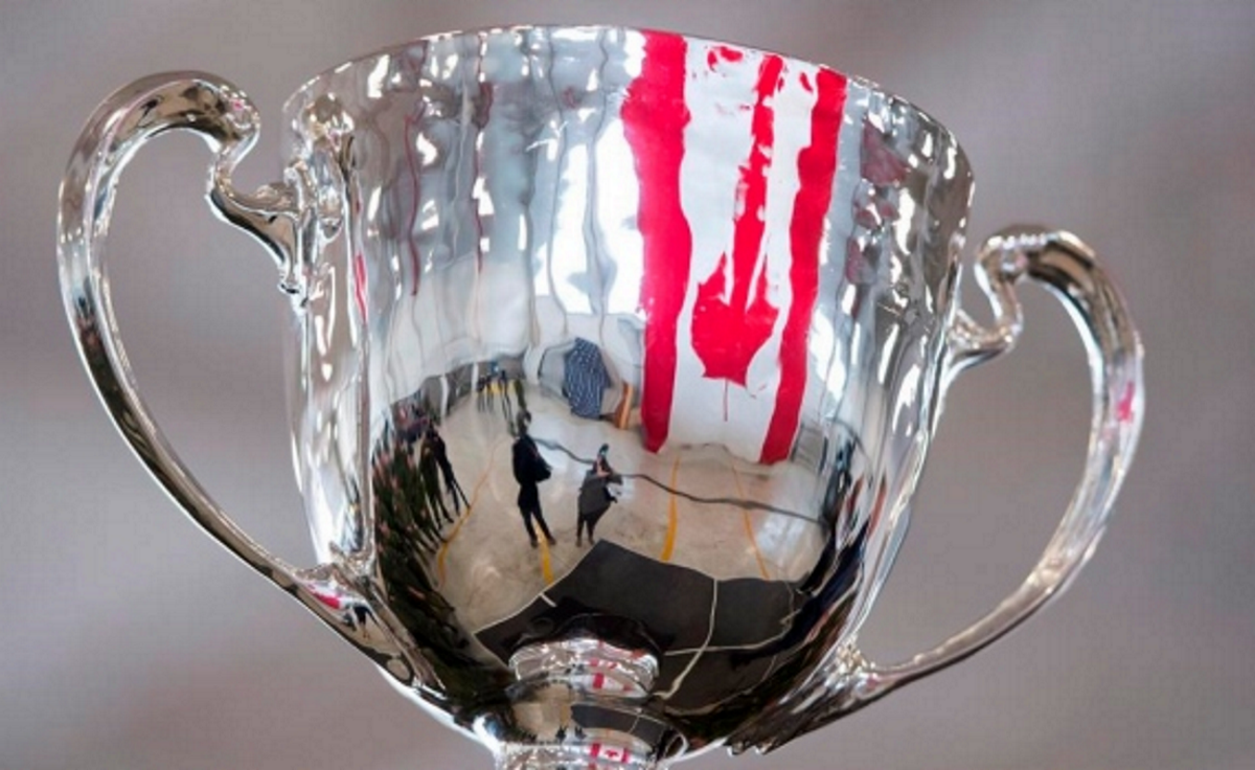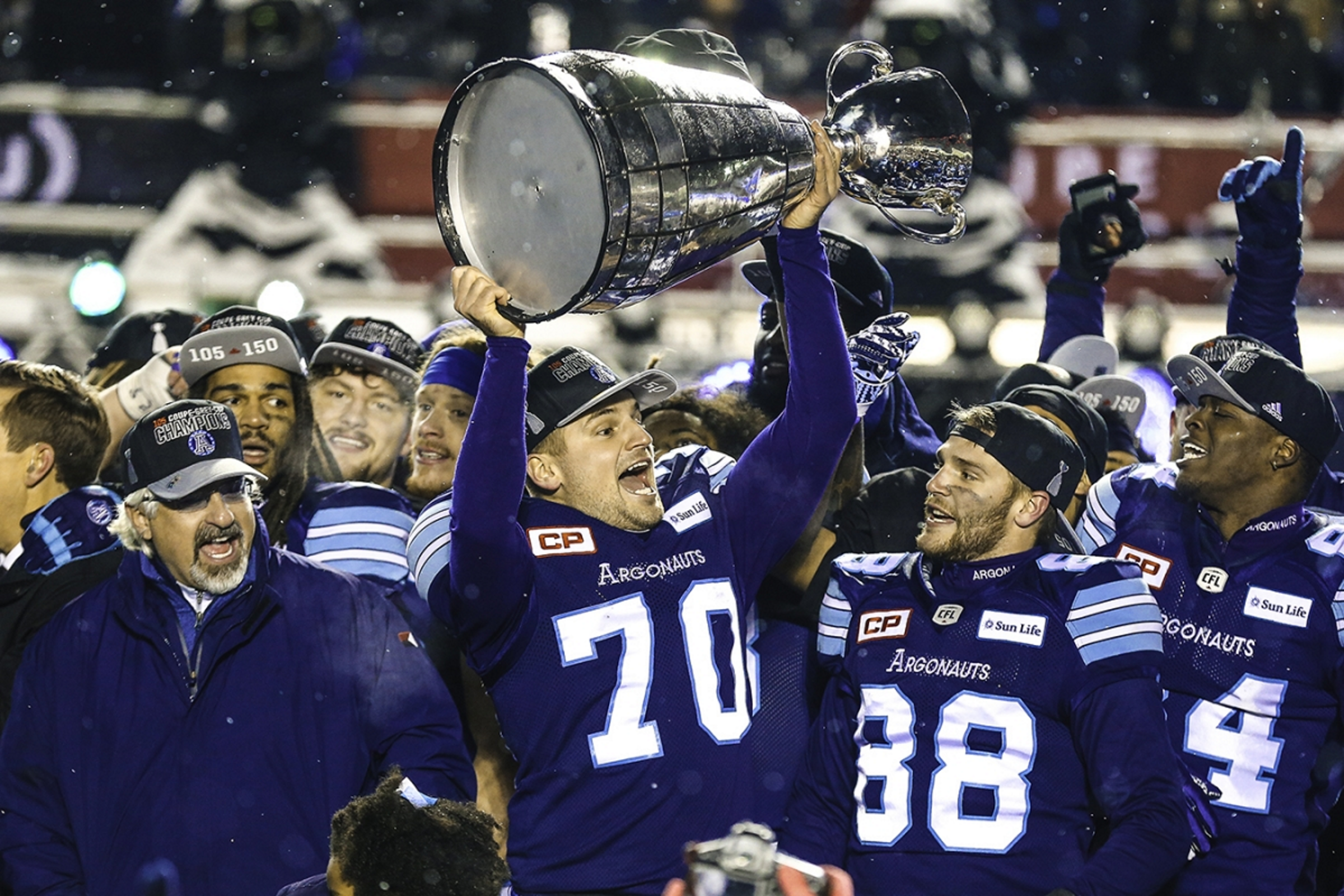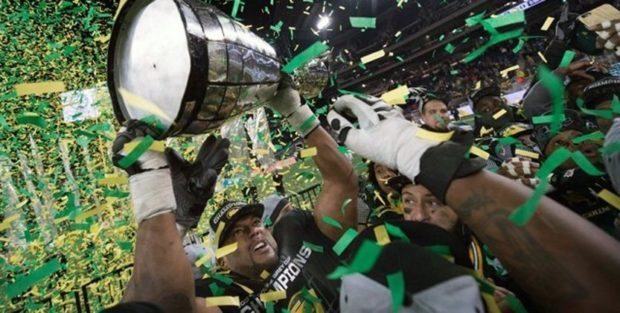The Grey Cup is more than just Canada’s Super Bowl

In my first year of university, I took a political science course from a grizzled old professor who argued in his very first lecture that Canada is a nation that by any objective standard should not exist. After all. it is landmass that spans 9.985 million square kilometers sparsely populated by just 38 million people, most of whom share little in common. There are things that should logically bind a rain-drenched Vancouverite to a francophone Quebecer, a Maritime fisherman to a Saskatchewan farmer, or a Torontonian to someone in the Arctic north.
This perhaps illogical confederation of necessity lacks the drenched in blood founding mythos of revolution and civil war that our southern neighbors tout and so we are more often defined by what we are not than by what we are. Not British, not French, and most certainly not American. However, the absence of identity is not a functional basis for nation-building and so we fill in the gaps with symbols that might unite anyone from a baker’s dozen of disparate regional identities. Hockey. Maple syrup. Saying sorry. The generic building blocks of some semblance of a Canadian culture.
On Sunday, one of the greatest symbols of that national unity will take place in Hamilton, Ontario. Yes, the official national sporting past-time of Canada involves ice skates and pucks, but there is only one game that Canadians can truly call our own and only one event that annually brings together people from coast to coast: the Grey Cup.
For more than a century, the Canadian Football League’s annual title game and the glistening silver chalice awarded as its prize has woven it’s way into the fabric of Canadian identity and history. After not being played in 2020 for the first time since World War One, the game is set to make a triumphant return with its 108th iteration this weekend as the hometown Hamilton Tiger-Cats and Winnipeg Blue Bombers clash in front of a sold out Tim Hortons Field and millions of television viewers across the country.
For the second time, the Grey Cup is set to feature international players, with athletes from Germany, Australia, France, Finland, Japan, Mexico and the UK all in line to receive a coveted championship ring if their team can carve out a victory. For international viewers looking to cheer on the likes Winnipeg’s Thiadric Hansen or Hamilton’s Chris Mulumba, it may be difficult to contextualize what winning a Grey Cup means. More familiar with the NFL, the easy leap to make is that this is the Canadian Super Bowl, but that description falls woefully short.
The Canadian Super Bowl is the Super Bowl, that game is as wildly popular in the great white north as it is anywhere else on the globe. The pomp and spectacle of star-studded half-time shows and multi-million dollar commercials make it among the most watched television events in this country every year. Yet without the same glitz and glamour attraction to the layman casual viewer, the Grey Cup consistently finds itself on the same list of most watched broadcasts because after a hundred years, its place in the annals of Canadiana still means something.
Unlike the Super Bowl, which is in every way — from the production right down to the multi-thousand dollar ticket prices — a celebration of corporate America, the Grey Cup is a gathering of Canadians. While somewhat toned down this year due to the ongoing pandemic, the week leading up to the game in the host city is a great annual party. Fans of every team — as well as a few from some that do not yet exist, like the long-dreamed about Atlantic Schooners –– book their tickets well in advance and make the pilgrimage whether or not they have a rooting interest, engaging in a grand celebration of the Canadian game. All nine teams host fan parties in the lead up and the Calgary Stampeders always bring along their live horse mascot, who is traditionally paraded into the lobby of the host city’s main hotel. Come gameday, the stadium is filled with jerseys of every color worn by real football fans, not corporate suits impressing prospective clients.
The pageantry of the Grey Cup is not wrapped up in red carpets or pop stars parachuting off stadium roofs, it is rooted in the history of the game itself. Since it was commissioned by the Governor General of Canada Albert Grey, the 4th Earl Grey, in 1909 for just $48 dollars, the Grey Cup has been torched in a fire, broken six times and stolen twice, once as a prank and once as a high stakes heist. On its base are carved the names of some of the greatest players and coaches in pro football history, men like Warren Moon, Doug Flutie, Marv Levy and Bud Grant to name just a few. It is a game that has been played in ankle deep mud, on fields frozen with ice, in unrelenting wind and through impenetrable fog. Not even assassination threats against Ottawa’s starting quarterback Russ Jackson by Quebec separatist terrorists in 1969 have been enough to stop this game, but COVID-19 did.
When it returns Sunday, it will be an incredibly meaningful celebration of Canadian identity at a time where expressions of those things are few and far between. Former Prime Minister Pierre Elliott Trudeau once compared the experience of bordering the United States to sleeping next to an elephant; no matter how friendly, you feel every twitch. In the modern internet age, the twitches of Americanization come faster and more furious than every before, an experience felt globally but made worse in Canada due to proximity. There is little question that trend has affected the CFL, particularly in its most metropolitan markets where American envy — and the Canadian inferiority complex — run deepest. In light of the financial hardships of the pandemic, the future of Canadian football with its three downs and longer field is in more jeopardy than ever.
Those symbols which have bound together an improbable country have faded in their significance, and in some ways that is a good thing. The nation has become a more diverse place and some nationalist myths are better left to the past. Yet the Grey Cup persists as a unifier, a day in which Canadians from all corners of the country can share a singular experience. It is for everyone — young and old, die-hard or casual fan — and it is a part of us.
Whether you are watching from Flensburg, Germany, Neerim South, Australia or Le Mans, France on Sunday, know that you are joining us in enjoying a true cultural touchstone, one which has tied us together for a century and will hopefully endure for many more generations. The Grey Cup is and will always be Canada’s and we can’t wait to show it to you.
AFI, Visaic and the CFL
American Football International is collaborating with Visaic and the Canadian Football League to present 2021 CFL games live. This is more than a livestream. This is a stream of the top flight TSN network television broadcast.


